What was once a niche pursuit among IT professionals — experimenting, learning, and honing sysadmin skills at home — has become a full-fledged movement. From spare-bedroom server racks to Raspberry Pi clusters, the modern home lab has entered both the mainstream tech vocabulary and the hobbyist’s playbook. It’s now a global community, with subreddits like r/homelab boasting over 810,000 members and a far lower hardware barrier to entry than in the past.
I started using computers as a kid in the early ’90s. My dad worked with punch card machines in college and recognized that home computers were the future, so he got us one as soon as he could. Smart move, Dad. By the start of high school, I was running a small side business fixing neighbors’ PCs. By my senior year in 2000, I was deploying Ethernet-based network infrastructure for the Winter X Games at Mount Snow, Vermont — running cable, setting up workstations, and providing on-site IT support for the event.
I never heard the term “home lab” back then — or even through most of the 2000s — but setups like mine were far from unusual. We all know XDA loves home labs, and that got me wondering: when did the term start gaining traction, how has it evolved as it went mainstream, and what exactly qualifies as a home lab today?
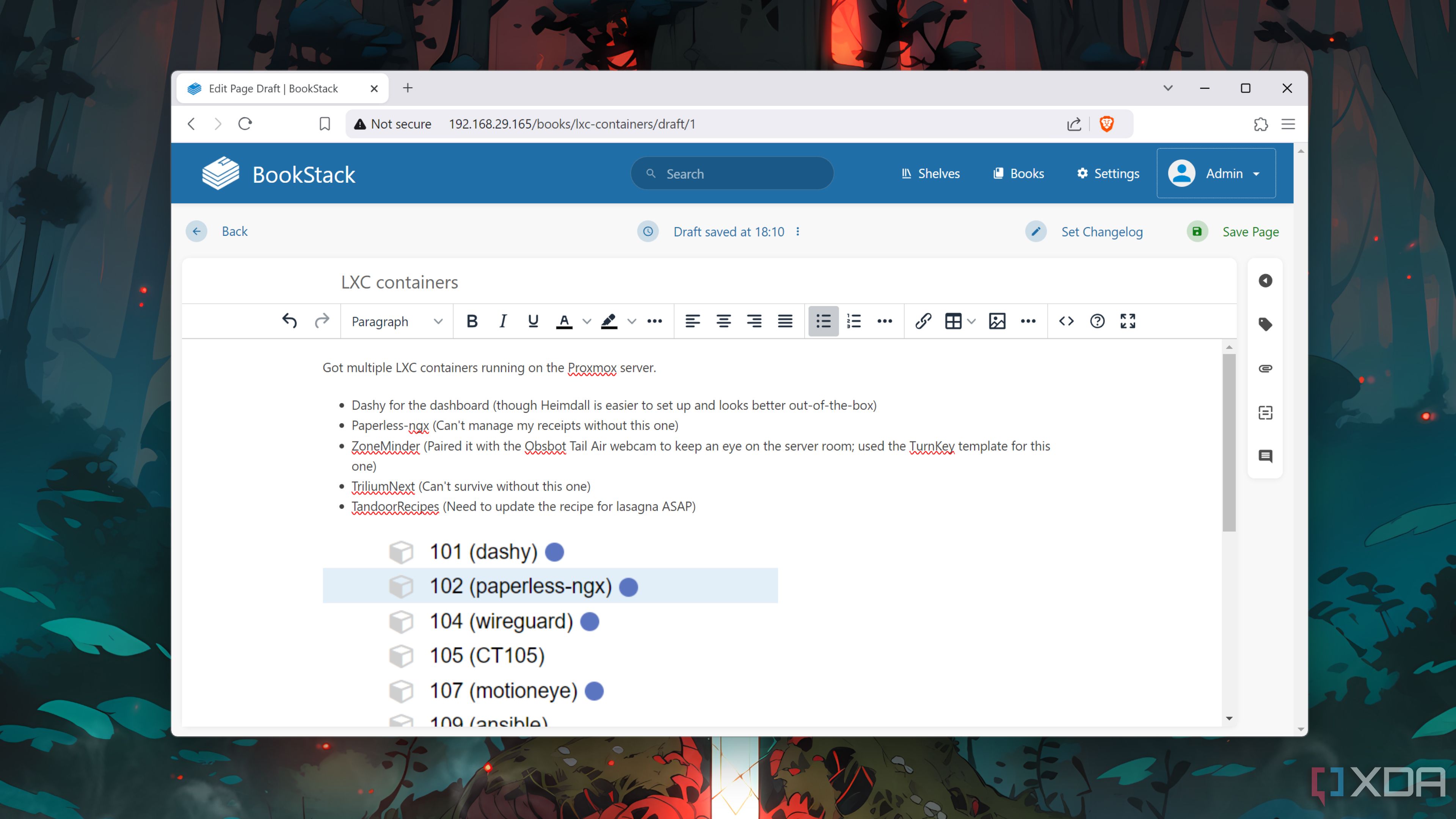
Related
4 of the best tools to document your home-lab operations
Struggling to keep track of your home lab experiments? These apps can help you out!
Where the "home lab" came from
From sysadmin sandbox to personal infrastructure
In the early 2000s, the people who built home labs didn’t call them that, at least in my experience. We just kind of assumed that when we talked about our home "computers," we actually meant the entire system that we had set up at home. Anyone who was serious about improving needed to test configs, break things, and gain hands-on experience without the risks of crashing a live system at work. But it was also fun — that’s how we got to where we were in the first place.
It wasn’t until the early 2010s that the term home lab entered regular use. The r/homelab community started in 2012, and by that time, I had transitioned to the specialty coffee industry and was a mod for r/coffee, having largely abandoned work in the IT sector. I remember how fast our subreddit was growing, so I looked into r/homelab to see if it shared similar growth, and by 2020, r/homelab had around a quarter of a million subscribers.
What had been a solo pursuit and occasional watercooler talk had turned into a subculture of its own.
As the scope widened, so did the motivations. It wasn't about getting ahead in the industry or testing things at home for work, although the skills learned, I'm sure, helped — it could also be a hobby just for the sake of it. Hosting media libraries, syncing personal files, experimenting with virtualization, and building automation systems was part of the fun. So it made sense that more and more people wanted to share what they built or learn how to build their own systems.
I remember when my home lab focus shifted to just being a personal thing. I had sworn off IT jobs, having finally gotten sick of dealing with whiny boomers all the time, and everything I did with my home setup was just for me. It started with setting up a Plex server around 2011-2012. I had just digitized all of my DVDs and CDs so I could get rid of the physical media and save shelf space. The idea of being able to play any of them, wherever I wanted, was enticing.
In 2012, I got into Android Development, and needed to share files across virtual environments on several computers. I was working on several Amlogic AML8726-M Series tablets with developers in Italy, Russia, China, and several other countries. Between stock firmware, custom firmware, dev tools, and the unbricking methods we developed, I was hosting a lot of files. Ultimately, there was so much traffic that I had to move to MediaFire because my home setup couldn't scale affordably.
This is the era when home labs became less about staying sharp for work and more about taking ownership of your personal digital environment, but they had their limitations. There was a point where hardware was just too expensive to justify for hobbies and personal projects, especially when it came to hard drive storage space. But that was about to change.
Technological advancements and economies of scale
Hard drive storage per gigabyte plummets
To put things into perspective, when I started using computers in the early 90s, a gigabyte of HDD storage would have cost $2,580 — or $2.58M per terabyte. By 2000, that had dropped to $6.12 per GB, and by 2010, it was as low as $0.053 per GB — $53 per TB.
Couple that with increasing computational power, keeping pace with Moore's Law, and hardware limitations began to ease. Big tech grew rapidly, and old enterprise-grade equipment entered the used market. A home lab in 2010 could be running what only a billion-dollar company could have run in 2000 — and all out of your bedroom.
Cloud storage gained popularity through the 2010s, increasing demand, spurring innovation, and further price cuts. Manufacturing improved, production increased, and every innovation meant more storage and computing power, taking up less space, at lower costs. This opened up a lot of possibilities once limited to the big players in the industry, and so a new era of experimentation began. Creating a home lab, even on a tight budget, became much more accessible.
What defines a home lab
It’s not the hardware, it’s the intent
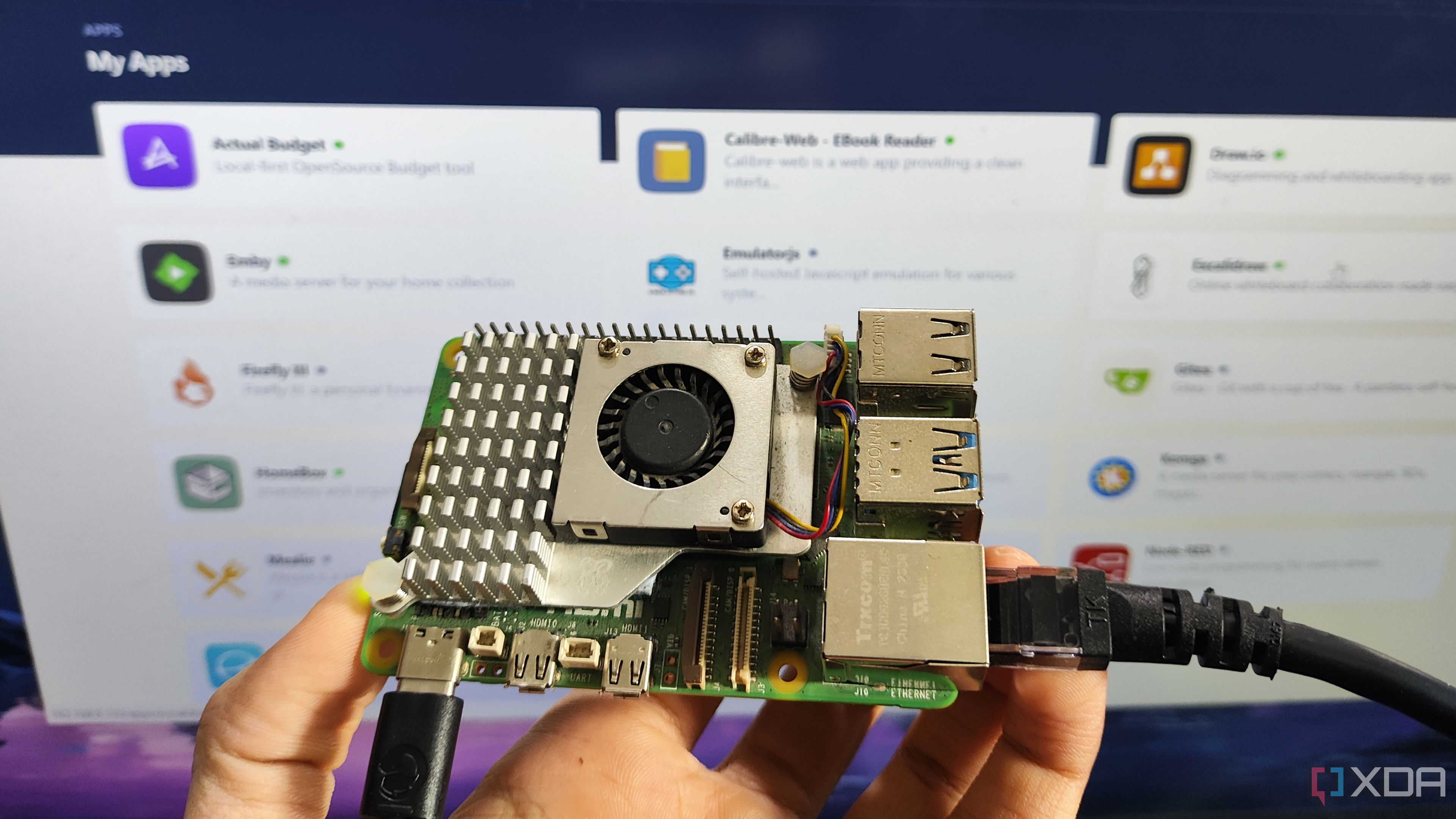
Typically, when I research the etymology of a word, I can find something interesting about its origins, but there doesn't seem to be a canonical definition of a home lab. It’s not a label reserved for those with server racks and commercial machines. A single Raspberry Pi running Nextcloud can qualify. So, can a repurposed desktop or laptop host virtual machines? The hardware seems to matter far less than the purpose.
The one thing it seems everyone can agree on is that a home lab is about experimentation, self-hosting, and self-education.
Still, some other distinctions matter. A home server plays a key role — even if it's just a Plex box, a NAS, maybe where you backup your photos. But it also matters if that system stays static or if it evolves. Curiosity and experimentation lead to change, and if a setup is just utilitarian, not many would consider it a home lab.
It can be as simple as you want
A NAS is a server, and yes, it alone could be a home lab. But the more poignant question is what you're doing with it. Are you passively storing files, or are you building out services? The deeper the involvement, the more it resembles a home lab.
In this context, self-education and experimentation aren’t optional — they're the defining trait. You don’t need to be a professional sysadmin, but you do need to be the kind of person who wants to learn how things work. The home lab is where theory becomes practice, and where control becomes meaningful because you’ve built it yourself.
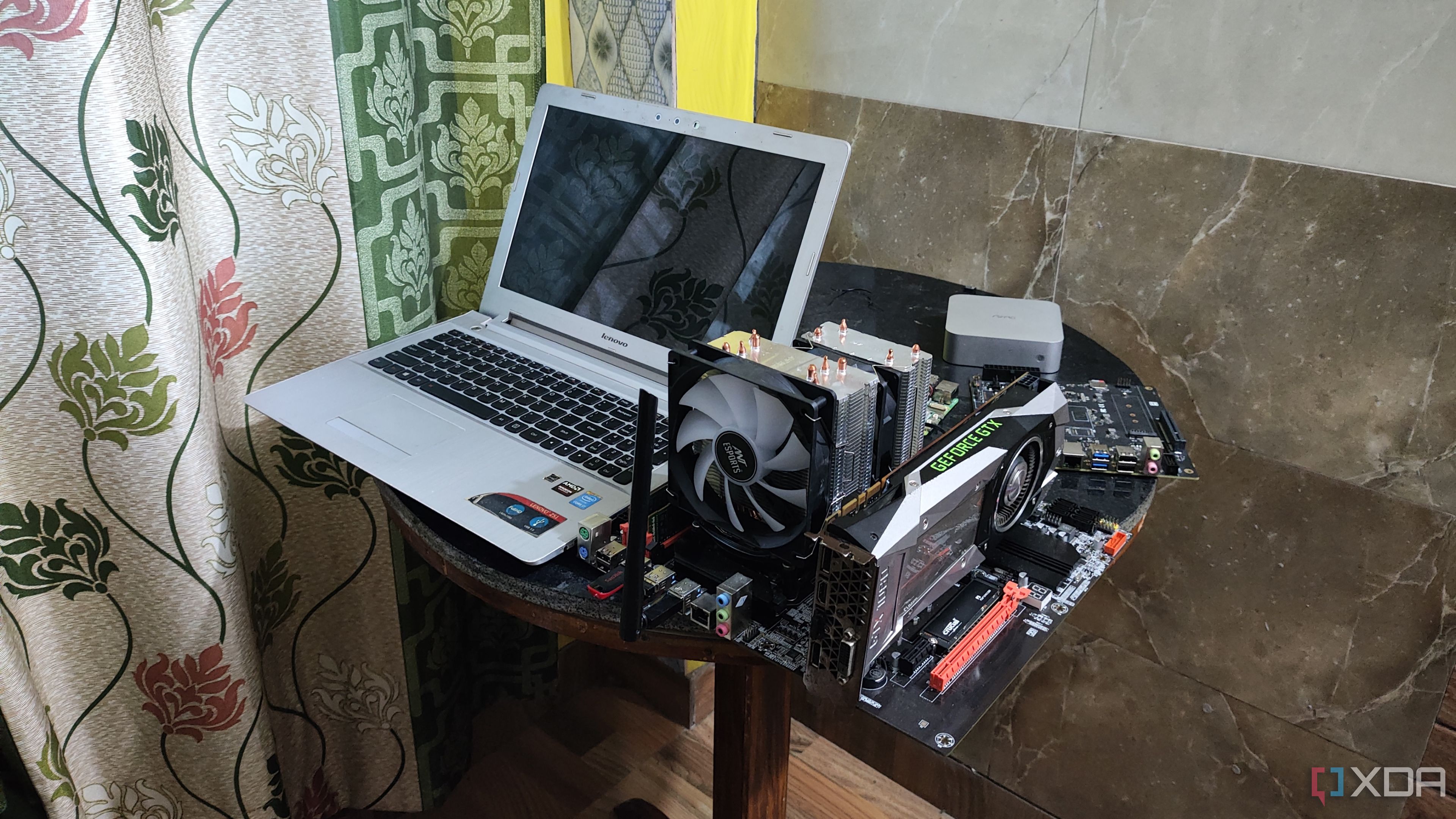
Related
4 things you should know before turning your old laptop into a home lab
While it won't be as capable as a PC, a laptop is more than enough for an entry-level home lab
Another boom, but why now?
From pandemic hobby to permanent infrastructure
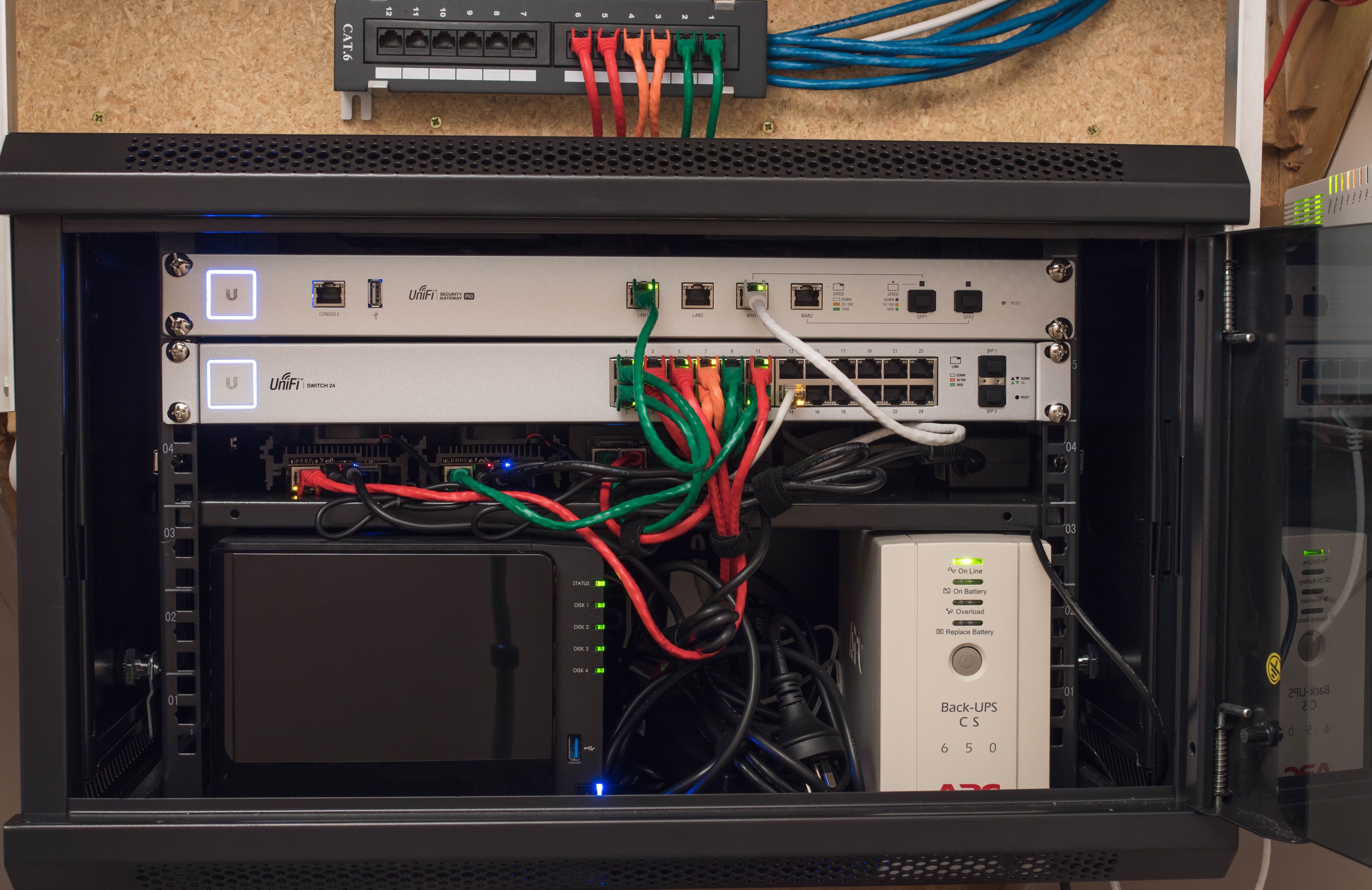
Source: Wikimedia Commons
COVID-19 gave many the time and need to build their first home labs. Remote work, online schooling, and shuttered offices pushed people to figure out what the hell to do with their time, and many turned to improving their homes.
The Internet of Things, including all our smart home tech, has already had a decade to gain traction. We had a lot of new tech toys that could all talk to each other, but I, for one, didn't really have the time to optimize that — until I had no more commute and got paid for completing my work, instead of hourly for sitting in an office waiting to go home.
But that interest didn’t fade when lockdowns ended. Those systems stuck around for a lot of us and continued to grow. And now, for many, the home lab is as much a fixture as our router. And I can tell you, from losing access to mine after moving, don’t take it for granted.
The deeper reasons for the home lab boom
Taking control back from big tech

Beneath the hardware and the how-tos is something more important. To build a home lab is to reclaim your infrastructure, your data, and your money. It’s about sovereignty — about knowing what your system is doing and deciding what it should do.
For years, cloud services promised simplicity. But simplicity, at scale, has seemingly led to huge corporations with an incentive to squeeze every last drop out of your wallet while providing the least amount of value they can in exchange. With a home lab, you know where your files are, and you don’t have to perpetually pay rent to access them. You know what process is eating your RAM. You know why an update broke something — because you made the update.
It’s not about rejecting the cloud outright or software as a service — it’s about refusing to accept them as the default. There are plenty of paid services I use that work well for my needs, but I prefer open-source when it’s available. The home lab is a way to ask a different question — not just "what works?" but "how can I own what works?" It’s the difference between renting and building.
Education through ownership
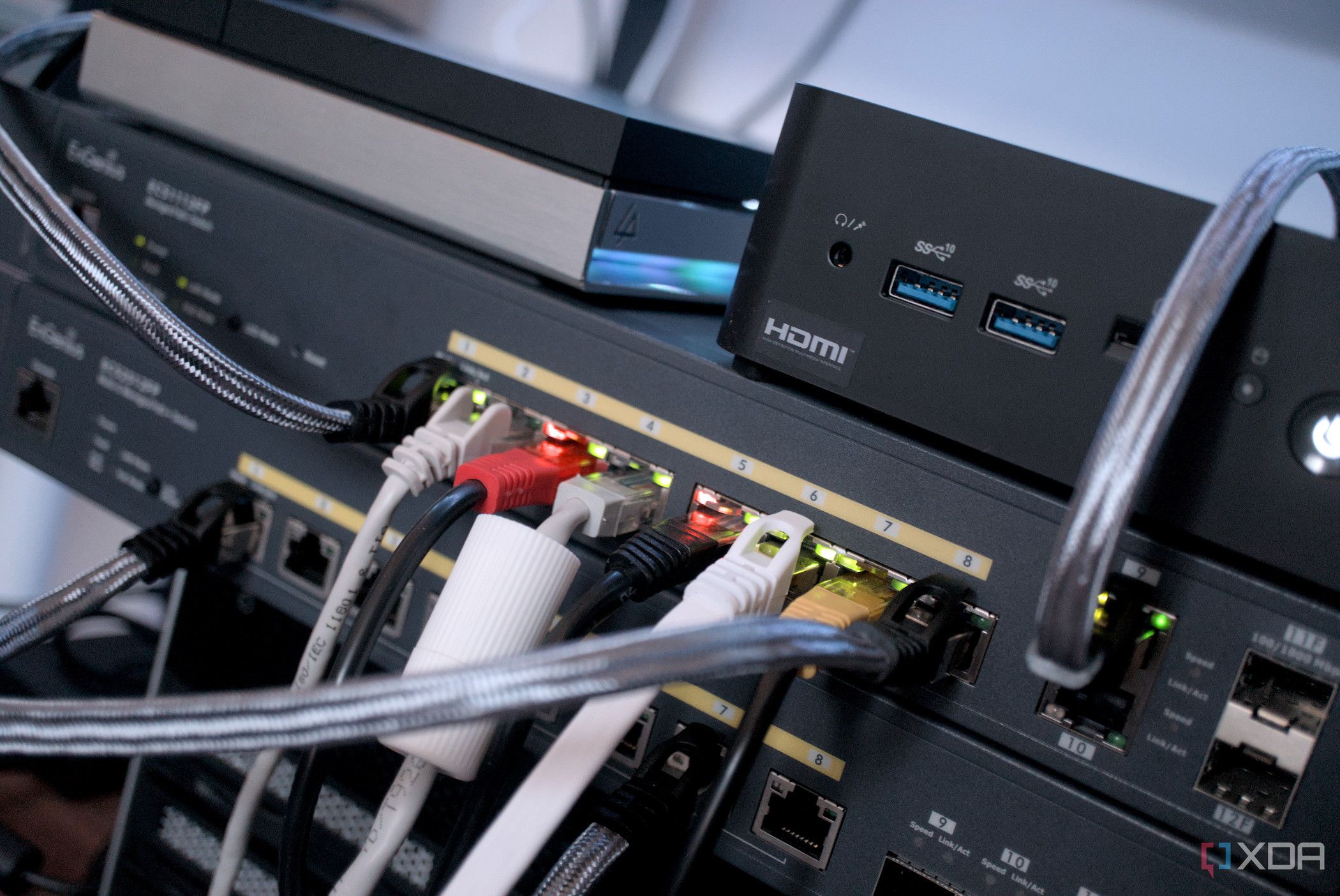
It’s all a training ground. Real-world experience doesn’t come only from textbooks; it comes from breaking things and fixing them or taking things apart and putting them back together. Theory always needs to be tested to become a reality. And it can be nerve-wracking when you break your system, but I love that feeling you get when you figure it out and deploy the fix.
This kind of knowledge sticks. It travels across domains — sysadmin work, DevOps, networking, cybersecurity, and even completely unrelated industries. Critical thinking and problem-solving skills can be transferred to anything you do.
Everything is a system, and everything follows systems theory. What you learn working on your system at home can be applied across all areas of your life.
In the long run, home-labbing isn’t just about replacing services or localizing control. It’s about understanding what it takes to run the infrastructure that the rest of the world works on. When you’re the one building and running your system, you gain insight into global systems across the world and how they interact with each other.
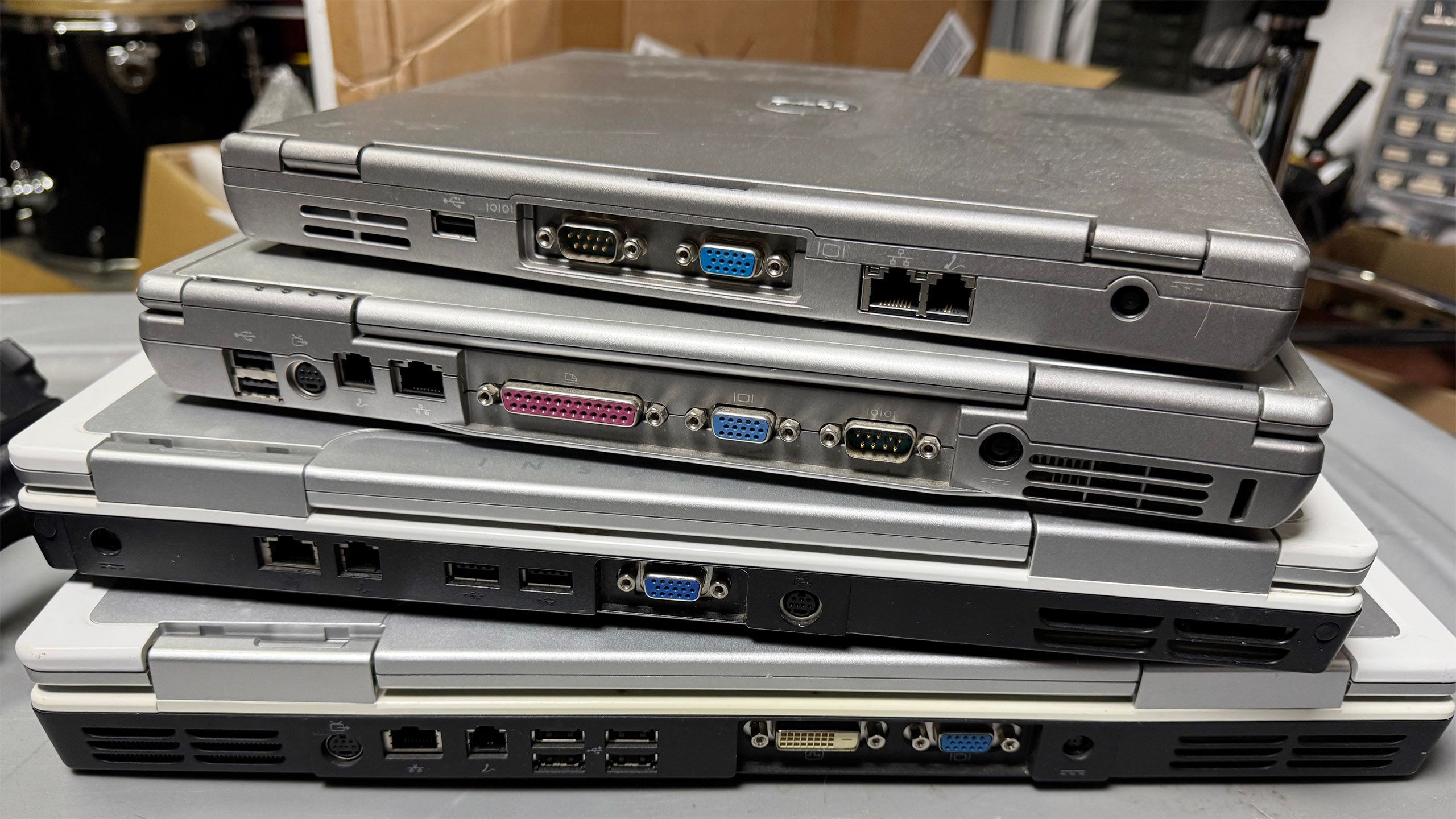
Related
The retro computing renaissance: why old tech is new again
A generation raised on digital tech is turning to retro hardware—for creativity, control, and a glimpse of what’s next.
A quiet form of resistance
The shift from consumer to creator
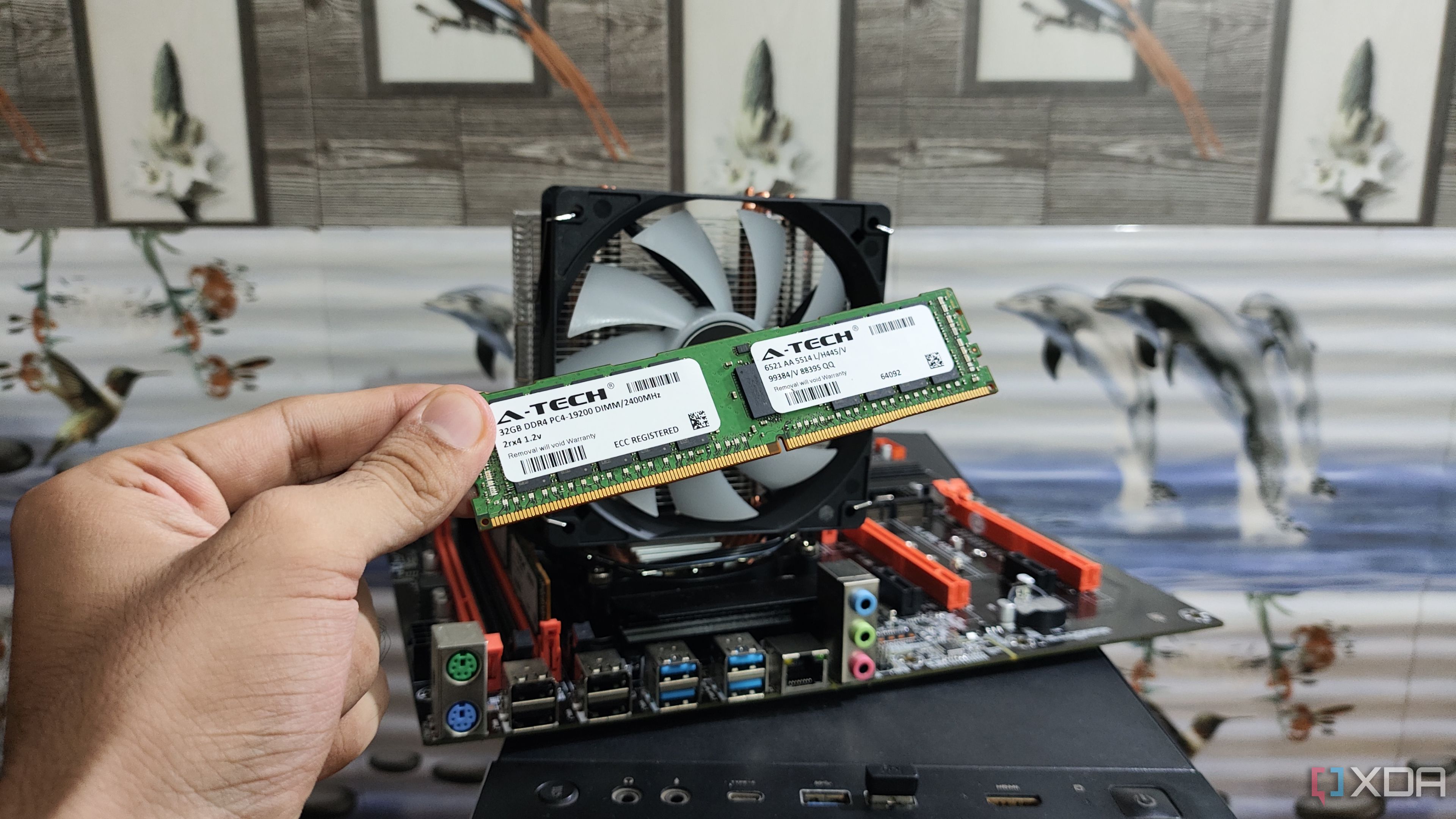
There’s something quietly subversive about the home lab. The more you embrace open-source, open-hardware, open-data, and open-models, the more independent you become. In a time when nearly all software and services are subscription-based, it keeps more buying power in your hands. It keeps more of your data from being collected and sold, when you receive nothing in return but more targeted ads. And if you get involved, it can mean a connection to global communities of like-minded individuals ready to share and exchange with you, rather than extract from you.
That doesn’t mean abandoning the cloud entirely. It means not depending on it for everything. There are open-source alternatives to most of the software we all use, and these days it’s often damn good. The home lab isn’t just a trend — it’s interwoven with a shift in mindset, a global movement to put more power in the hands of individuals and communities. Sometimes it makes sense to rent from big tech, and that’s okay, but let’s keep spreading info on what we can reclaim.
With the right tools and enough curiosity, you can have what would have been out of reach 10 or 20 years ago, running in your bedroom or basement. What I can accomplish as a single person now would have taken a team of people and been unimaginable to my teenage self. It's worth taking a step back occasionally and thinking about how much power we actually have, even in the face of the Dead Internet. As the tools continue to improve and the stakes around digital sovereignty continue to rise, it’s not hard to see why more people are choosing to build instead of buy.
.png)

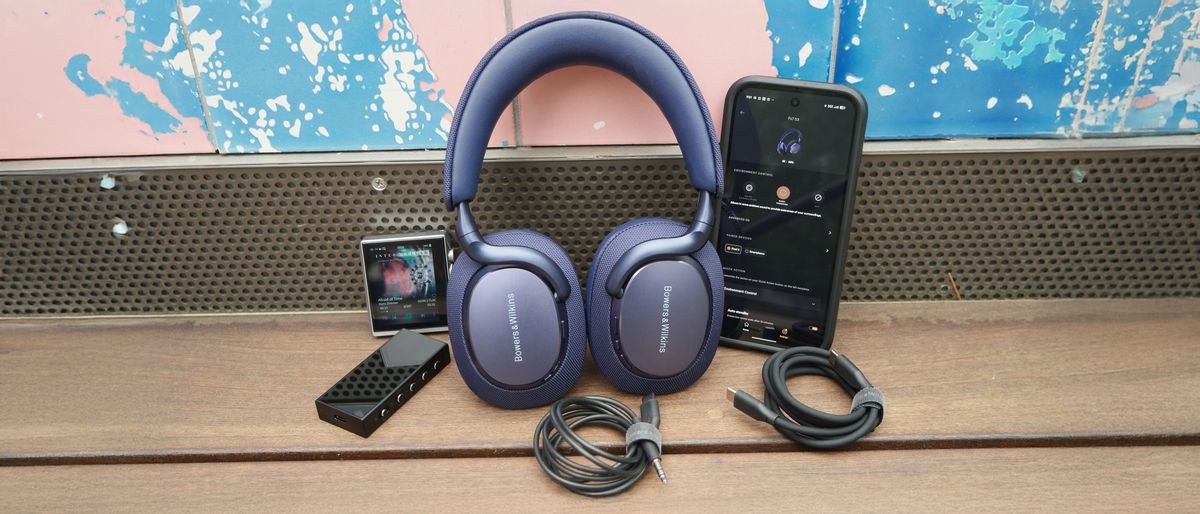

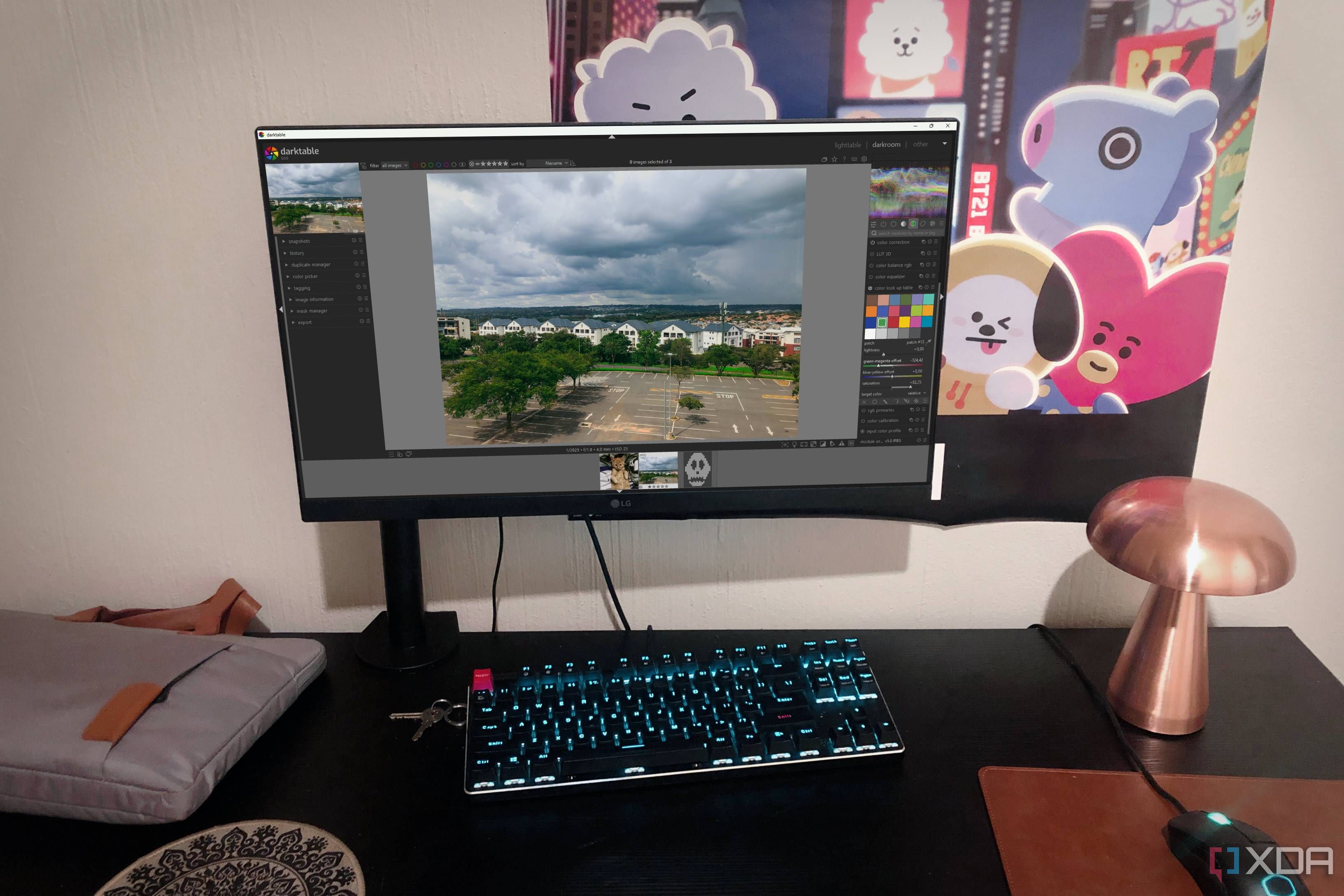







 English (US) ·
English (US) ·